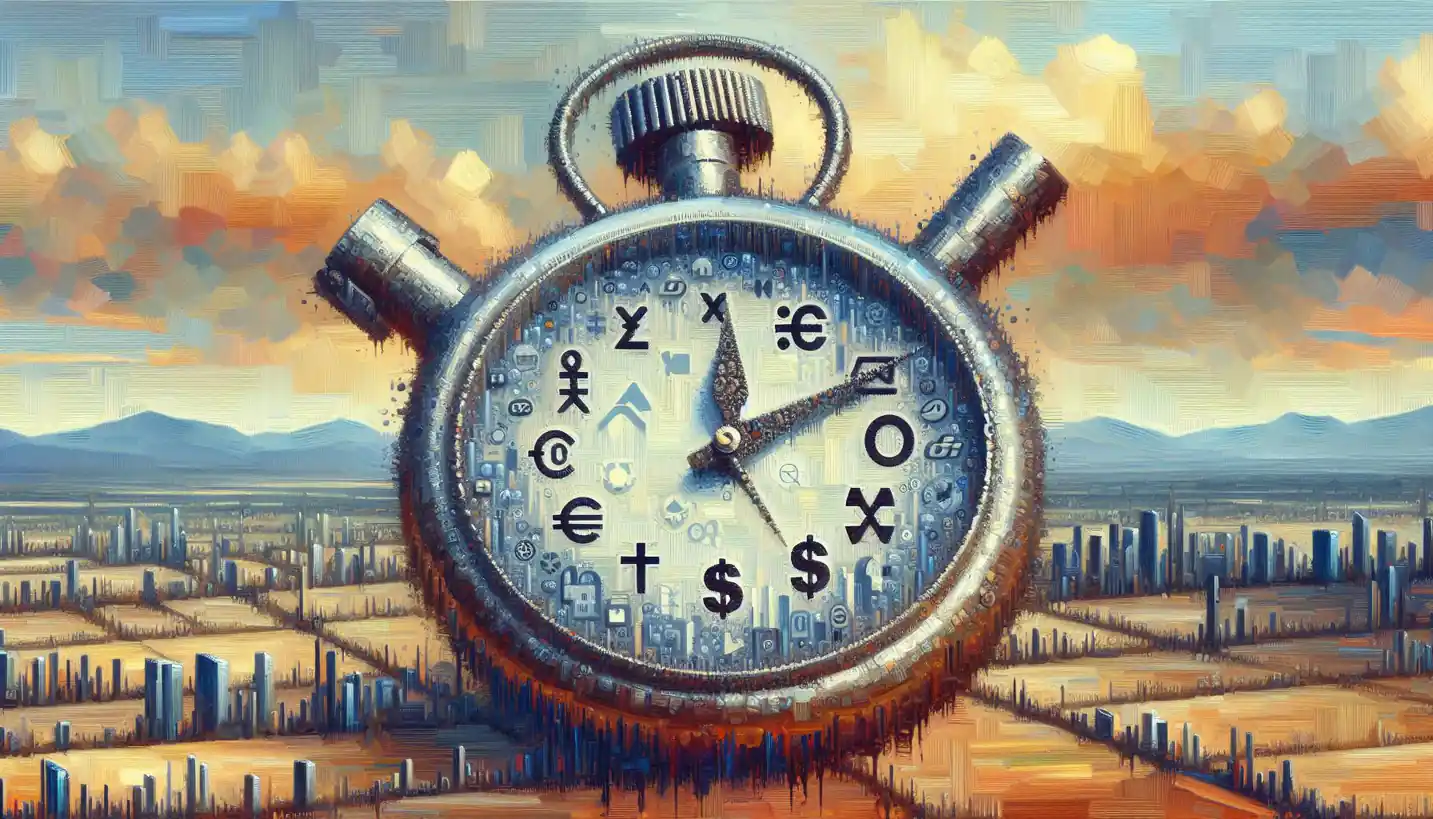· Economics · 4 min read
Yield Curve: Understanding Financial Economics' Key Concept
The yield curve is a vital indicator of economic expectations and interest rate changes. Unearth its role in predicting economic cycles and guiding investment strategies.

In the intricate world of finance, terms like “yield curve” might seem daunting, but they’re actually central to understanding the economy’s bigger picture. Picture your favorite rollercoaster ride—how it climbs, dips, and winds. The yield curve is somewhat similar, but instead of tracks, we’re looking at interest rates over different time periods.
The Basics of a Yield Curve
Kick things off by imagining you lend a friend money. If they pay you back in a month, you’d expect a small interest. But if they’re taking ten years to pay you back, most likely, you’d want a much higher interest rate to compensate for the long wait and risk. That’s the core idea behind the yield curve.
The yield curve is a line that plots the interest rates of bonds having equal credit quality but differing maturity dates, from shortest to longest. It’s like a financial mirror, reflecting a wide array of economic perspectives.
Why Does the Yield Curve Matter?
This curve matters because it gives insights into the economy’s future. Think of it as a weather forecast for economic storms or sunshine. When the yield curve is upward-sloping, it signifies economic growth. People expect higher interest rates in the future due to prosperity, implying the economy is likely blossoming.
Conversely, a downward-sloping curve might hint at an economic downturn or even a recession. This inversion suggests people anticipate lower rates in the future, often linked to slowed economic activity.
Yield Curve Shapes: The Rollercoaster of Economics
Let’s explore the shapes. Just like how a rollercoaster can be thrilling, scary, or calm, the yield curve can take several forms:
Normal Yield Curve: This typical upward-sloping curve indicates longer-term investments fetch higher returns. It’s like a steady climb uphill, suggesting economic stability and growth.
Inverted Yield Curve: Much like a sudden dip, this happens when short-term rates are higher than long-term ones. It’s a red flag, often seen as a precursor to recessions.
Flat or Humped Curve: When short-term and long-term rates are roughly the same, the curve flattens. It could be a transition period, hinting at an economic shift.
How Does the Yield Curve Impact You?
Now, let’s connect this financial concept to everyday life. If you’re considering a loan, mortgage, or investment, the yield curve has an indirect influence. When curves shift, mortgage rates can rise or fall, affecting your borrowing costs. Investors look to the curve for cues on where to park money safely or aggressively.
The World’s Economies and Yield Curves
The ripple of a yield curve extends beyond individual finances to influence entire economies. Central banks, like the Federal Reserve in the U.S., closely monitor these curves. By adjusting short-term interest rates, they can influence the economy, aiming to spur growth or cool things down.
For instance, a central bank might lower rates to encourage borrowing and spending during a slow economic phase, which can steepen a flat yield curve. Alternatively, raising rates could invert the curve, signaling potential caution among investors.
Yield Curve and Economic Predictions
Can the yield curve predict the future? Not exactly like a crystal ball, but it provides valuable hints. Historically, inverted yield curves have been reliable indicators of forthcoming recessions. Yet, like predicting weather, it’s not foolproof.
It’s useful to look at historical trends. For example, before previous recessions in the U.S., yield curves inverted—a pattern financial analysts continue to watch closely. These inversions can flag concerns about inflation, employment rates, and GDP growth.
Yield Curve Control: Steering the Ship
In recent years, especially following economic tumult like the 2008 crisis and COVID-19 pandemic, central banks have adopted yield curve control. Think of it as pressing buttons on that rollercoaster to make sure it doesn’t spiral out of control.
By setting interest rate targets for different maturities, central banks aim to manage inflation and stabilize economies. This tactic ensures the yield curve remains conducive to economic goals, like stoking growth or curbing inflation.
Future Directions and Yield Curve Considerations
As financial landscapes evolve, so do the interpretations of yield curves. Today’s data-rich environment allows analysts to scrutinize and predict with greater accuracy. Innovations in financial technologies, like machine learning, enable real-time analysis of yield curve information, offering enhanced predictions of economic activities.
Yet, with uncertainties such as geopolitical tensions and global pandemics, understanding the yield curve remains crucial. As it continues to be a vital tool for investors and policymakers alike, adapting to the curve’s signals will be essential for navigating future economic terrains.
Conclusion
The yield curve is a fascinating aspect of financial economics, acting like a barometer for economic health. Whether you’re a seasoned investor or someone simply curious about financial mechanics, appreciating this concept can deepen your financial literacy.
Next time someone brings up interest rates or mentions economic forecasts, you’ll recognize the subtle tune of the yield curve in the background, and perhaps, your rollercoaster ride through financial knowledge will seem a bit smoother.


